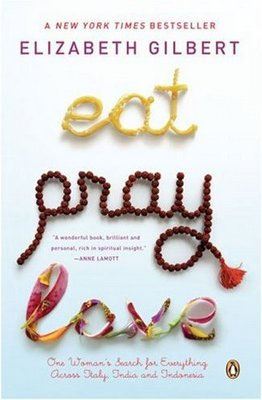After a fabulous few weeks in Thailand and Laos, it was time to head south for the last leg of our journey. We had a quick overnight layover in Kuala Lumpur, Malaysia before we arrived on the Indonesian island of Bali. Bali is truly a special place. Where Indonesia is the most populated Muslim country on the planet, the Balinese are Hindus with their own unique set of beliefs, food, and culture. I had literally just finished reading Eat, Pray, Love as we were landing and it got me excited about where we were headed. The book also does a pretty good job of explaining some cultural aspects of Bali that we would have easily missed or not noticed going on around us.
I traveled to Bali in 2001 when I was down under studying abroad in Australia and I was excited to be going back after 10 years. It was the first place we had been on our trip that I had been before (Ted’s being Thailand).
After a few weeks of very laid-back travel in northern Thailand and Laos, Bali was a bit of a slap in the face – we felt as though we were stepping into a tourist trap, with too much going on, not enough real character, and too many people haggling. It’s a busy place, not only thriving as a tourist destination, but as a pretty heavily populated island with a lot of domestic commerce. Before arriving, we imagined a serene and peaceful oasis, but what we quickly encountered was hectic traffic and bustling streets. But after a good night’s rest, it didn’t take long to realize the beauty and depth of this place – the landscapes are lush and green, and there is wonderful serenity to be found – it’s just not the norm everywhere on the island. We went right from the airport to Ubud, the island’s artistic and cultural center (and where our pal in Eat, Pray, Love hung out). Ubud is not on the water, but it’s a well-known spot that draws its own tourist crowd. I don’t know how Ted talked me into staying inland when we were on a beautiful, tropical island but I’m happy he did as we had plenty of beach time in our future.
Ubud is super trendy, full of culture, very ornate and well decorated, with lots of artistic presentation, lots of delicious food, and quite a bit of up-market options. Interesting, but not exactly the vibe we were going for at this point in our journey. I liked all the cute shops and nice restaurants but the place lacked authenticity. Everyone you met was out to sell you something and I was having flashbacks to India about how regularly we had to turn down offers for transport and tour bookings (“You need a taxi? Ok, how about later? How about tomorrow? How about a massage?”). You would literally have to say ‘no, thank you’ to or ignore a dozen people on a short walk from our hotel to a restaurant – it was the first time since India that we have been haggled to the point of antagonism.
And where Thailand and Laos were filled with hundreds of other long-term travelers, the visitors to Bali and Ubud were primarily just folks on a short vacation – usually from Australia. That resulted in a non-traditional vibe that permeated the whole city and drove up prices. As a short-term visitor from the U.S. or Australia, lodging, food, and activity prices may have seemed like a good deal. However, coming from Laos to Bali, our money didn’t go nearly as far. The money we were spending was top-of-mind as we neared the end of our trip and the end of our bank accounts. The fantastic news is that we scored a pretty great room that had a sweet swimming pool on-site. Escaping the urban hustle for some quiet time by the pool each day was the perfect way to unwind and get into the Balinese vibe.
